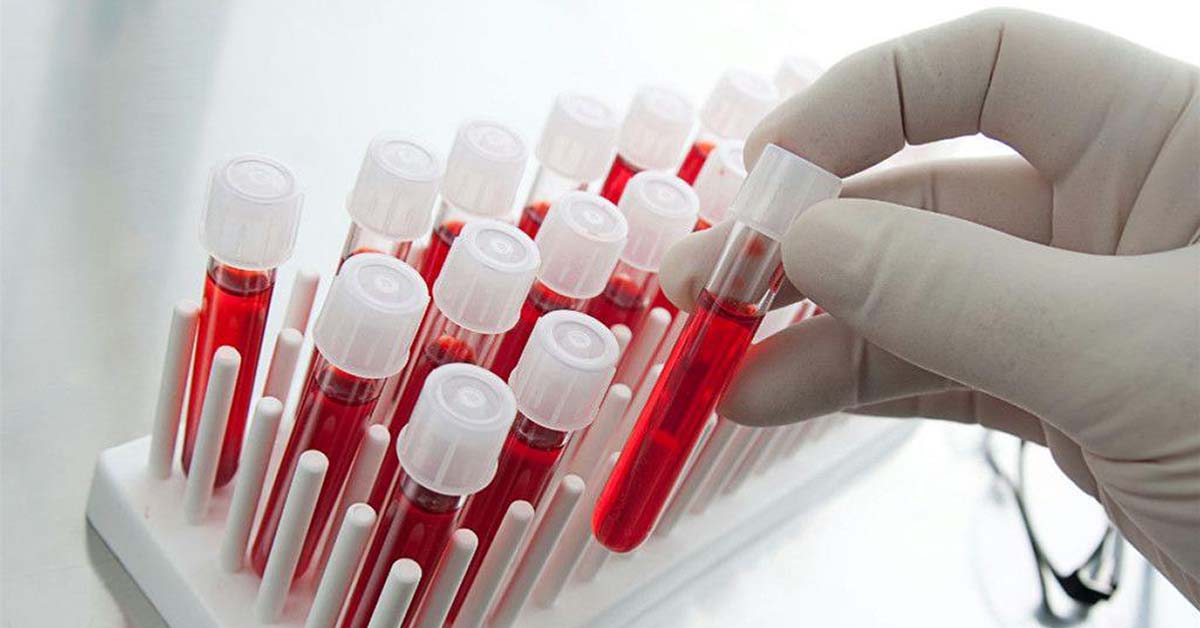A team of chemical and biomolecular engineers from the University of Notre Dame have designed a new diagnostic test to determine both the presence and severity of peanut allergy, according to a study recently published in the journal Scientific Reports.
The researchers designed nanoparticles – dubbed nanoallergens – that mimic natural allergens by displaying each allergic component one at a time on their surfaces. These nanoallergens are used to dissect the critical components of major peanut allergy proteins and evaluate the potency of the allergic response using the antibodies present in a blood sample from a patient.

“The goal of this study was to show how nanoallergen technology could be used to provide a clearer and more accurate assessment of the severity of an allergic condition,” said Basar Bilgicer, associate professor of chemical and biomolecular engineering and a member of the Advanced Diagnostics and Therapeutics initiative at Notre Dame. “We are currently working with allergy specialist clinicians for further testing and verification of the diagnostic tool using a larger patient population. Ultimately, our vision is to take this technology and make it available to all people who suffer from food allergies.”
Current tests expose the patient to the risk of a reaction or fail to provide an accurate assessment regarding the severity of the allergy once identified. This test could potentially precede or replace the oral food challenge as the gold standard for determining allergy to a food. During a food challenge, the patient is fed successive quantities of a suspected allergen until they react or consume a sufficient quantity to be considered safe from reaction. The process exposes the patient to the risk of severe reactions and anaphylaxis.
“Most of the time, parents of children with food allergies are not inclined to have their child go through such excruciating experiences of a food challenge,” Bilgicer said. “Rather than investigate the severity of the allergy, they respond to it with most extreme caution and complete avoidance of the allergen. Meanwhile, there are cases where the skin prick test might have yielded a positive result for a child, and yet the child can consume a handful of the allergen and demonstrate no signs of any allergic response.”
Though the study focused on peanut allergy, the team is working on testing the diagnostic platform for other allergens.







So is this more accurate and easier to do than the “Food Panel” blood test that rates all the various things that one should avoid and rates them with a number …anything over 20 you stay away from and the higher the number the worse the reaction. I had this done in Ottawa Ontario Canada 8 years ago but need to be retested